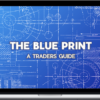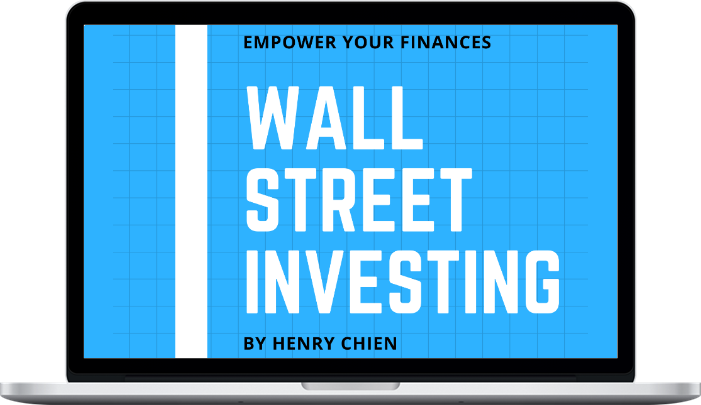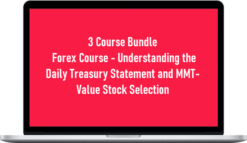Henry Chien – Learn fundamental investing from 10 years of Wall St. Experience
$20.00 $10.00
Delivery: Within 7 days
Description
Henry Chien – Learn fundamental investing from 10 years of Wall St. Experience
You get 10 years of Wall St. research experience summarized into simple concepts, tools, and tactics for you to apply NOW in today’s markets.
Saves you the pain of 100+ hours of financial courses (or 100+ hour work weeks in finance) or hours sorting through free internet material.
Get a summary of 10 years of Wall St. knowledge in five hours in this book.
This is the only guide you will need for stock investing.
What You’ll Learn In Learn fundamental investing
Introduction: Investing as a practice of change – why do stocks move like that??
- Focus on rates of change (i.e. growth y/y)
- Importance of forward guidance and estimates
- Second derivative (improving / slowing) as key factor
- Come up with a “thesis” and model an outcome
- How to incorporate risk, time, and price*
Fundamentals: Valuing a business: Growth vs. Asset value
- Model of an investment thesis
- Critical factor and value driver
- Valuation using comps and history
- Use of discount rates and earnings / cash flow
- Estimate rates of return
Business models – how understand where a business is going?
- Type of product and market
- Value to customer (driver)
- Vision of management team
- Understand ability scale
- Source of margin
Basic big picture and macro awareness
- Economic cycles and types of environments (growth / inflation)
- Impact of central banks (rate policy)
- Key paradigms for factors and sectors
Basic Practice (how Wall St. analysts do it):
- Finding information and where to look
- Reading an earnings release
- How to interpret a financial statement
- How to understand debt and other sources of capital
- Types of business models and their valuations
- Using comp tables and multiples to value companies
- Interpreting invest ownership of stocks
- Practice of building a model and comps
Intermediate Practice (how Wall St. analysts do it):
- What is reflected in price and expectations?
- Catalysts or trading events and where to look for them
- How to evaluate a sector for investing?
- Supply / demand analysis
- Competitive structure and moats
- Value vs. middlemen > structure
- Real TAM > value to investor
- Adoption curves and penetration
- S-curves and timing inflections
- Secular and multi-year changes
- Cyclicality and timing valuation paradigms
Advanced investing (behavioral and hedge fund tactics)
- Evaluating risk of an investment
- Patterns for assessment management
- Interpreting volatility in liquid markets
- Sources of “edge”
- Set up for a long/short equity catalyst
- Opportunities in risk positioning
- Value investing with catalysts
- Shorting flaws in a thesis
More courses from the same author: Henry Chien
Delivery Policy
When will I receive my course?
You will receive a link to download your course immediately or within 1 to 21 days. It depends on the product you buy, so please read the short description of the product carefully before making a purchase.
How is my course delivered?
We share courses through Google Drive, so once your order is complete, you'll receive an invitation to view the course in your email.
To avoid any delay in delivery, please provide a Google mail and enter your email address correctly in the Checkout Page.
In case you submit a wrong email address, please contact us to resend the course to the correct email.
How do I check status of my order?
Please log in to TradingAZ account then go to Order Page. You will find all your orders includes number, date, status and total price.
If the status is Processing: Your course is being uploaded. Please be patient and wait for us to complete your order. If your order has multiple courses and one of them has not been updated with the download link, the status of the order is also Processing.
If the status is Completed: Your course is ready for immediate download. Click "VIEW" to view details and download the course.
Where can I find my course?
Once your order is complete, a link to download the course will automatically be sent to your email.
You can also get the download link by logging into your TradingAZ account then going to Downloads Page.
Related products
Total sold: 3









